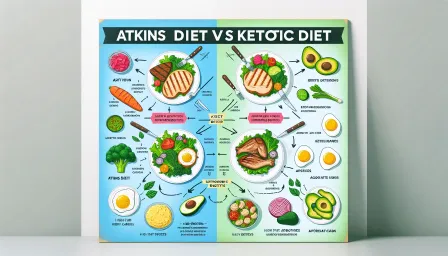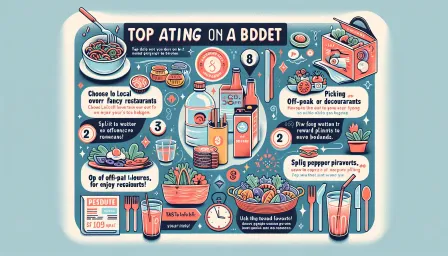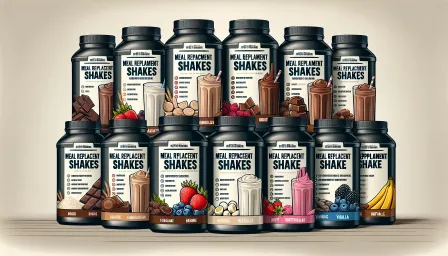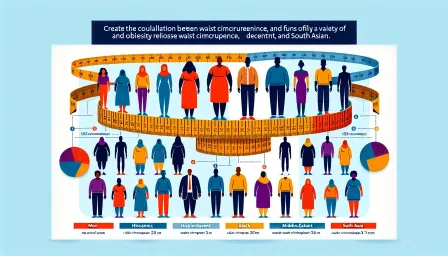Master Portion Control and Calorie Counting: Your Ultimate Guide
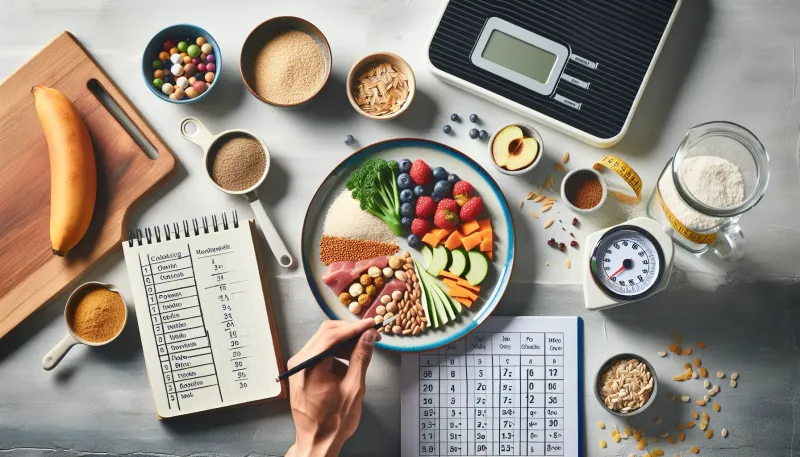
Learn how to master portion control and calorie counting with this ultimate guide. Discover tips, strategies, and important insights to help you achieve your health and fitness goals.
In today's health-conscious world, understanding portion control and calorie counting is essential for achieving and maintaining a healthy lifestyle. This comprehensive guide will walk you through everything you need to know about these vital aspects of diet management, including practical tips, strategies, and insights that will empower you to make informed choices.
Why Are Portion Control and Calorie Counting Important?
Portion control and calorie counting are fundamental practices for anyone looking to manage their weight, improve their health, and develop better eating habits. By understanding how much you eat and the caloric content of what you consume, you can make more informed decisions that align with your health and fitness goals.
Getting Started with Calorie Counting
Determine Your Daily Caloric Needs
The first step in calorie counting is to calculate your daily caloric needs. This depends on several factors, including age, gender, weight, height, and activity level. You can use online calculators or consult with a nutritionist to get a personalized recommendation.
Track Your Food Intake
Once you know your daily caloric requirement, start tracking your food intake to ensure you stay within your target. Apps like MyFitnessPal or Lose It! can be very helpful for logging meals and keeping an accurate count of your daily calories.
Understand Food Labels
Reading and understanding food labels is crucial for effective calorie counting. Pay attention to serving sizes and the number of servings per container to get an accurate measure of the calories you’re consuming.
Mastering Portion Control
Know Your Servings
Familiarize yourself with standard serving sizes for various food groups. This includes using measuring cups, a food scale, or even simple visual cues (like comparing a serving of meat to the size of your palm) to avoid over-serving yourself.
Pre-portion Your Meals
Pre-portioning meals can save you from accidentally eating too much. Divide large packages of snacks into smaller baggies or containers right after you buy them. This way, you're less likely to overindulge.
Use Smaller Plates and Bowls
Using smaller plates and bowls can help you feel satisfied with smaller portions. This psychological trick can make your meals appear larger, thus curbing the desire to overeat.
Combining Portion Control and Calorie Counting
Integrating both portion control and calorie counting provides a comprehensive approach to manage your diet effectively. When you monitor your portions, you automatically have better control over your calorie intake, ensuring you stay within your daily limits.
Plan Balanced Meals
Ensure that each meal includes a variety of nutrients by incorporating a good mix of proteins, carbohydrates, and fats. A balanced diet not only helps in maintaining calorie control but also promotes better overall health.
Stay Consistent
Consistency is key when it comes to diet management. Stick to your portion sizes and calorie goals every day to form healthy eating habits that will last a lifetime.
Conclusion
Mastering portion control and calorie counting is a journey that requires commitment and practice. By understanding your dietary needs, tracking your food intake, and practicing portion control, you can make significant strides towards your health and fitness objectives. Remember, the key is to stay consistent and make informed choices that promote a balanced, healthy lifestyle.





